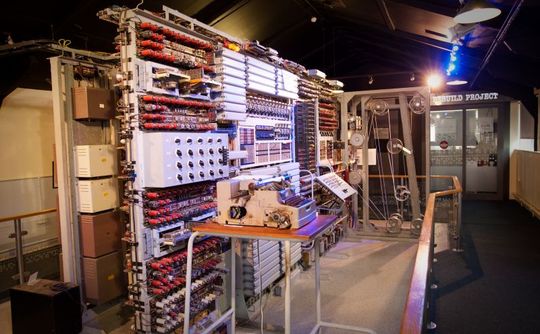The Colossus computer that helped decipher German messages during the Second World War celebrates its 70th birthday on Wednesday, as The National Museum of Computing marks its place in IT history. The machine first sprang into life on 5 February 1944 when it was let loose on messages that had been sent by German units and encrypted using the Lorenz machine. The Colossus – designed by engineer called Tommy Flowers who worked for the telecoms division of the General Post Office, which later became BT – was able to crack these codes fast.
It had the ability to read 5,000 characters a second, far in advance of anything else available at that time, and this meant it could take just four hours for it to find the first key in a code, the most important part in any code-breaking. By the end of the war, it is estimated that Colossus had deciphered 63 million characters of German messages, helping shorten the war and save countless lives. Despite this, its existence was kept secret for 30 years after the war.

The machine certainly earned its name: it was huge. It measured 7ft high, 17ft wide and 11ft deep, weighed five tonnes and had 7km of internal wiring.
